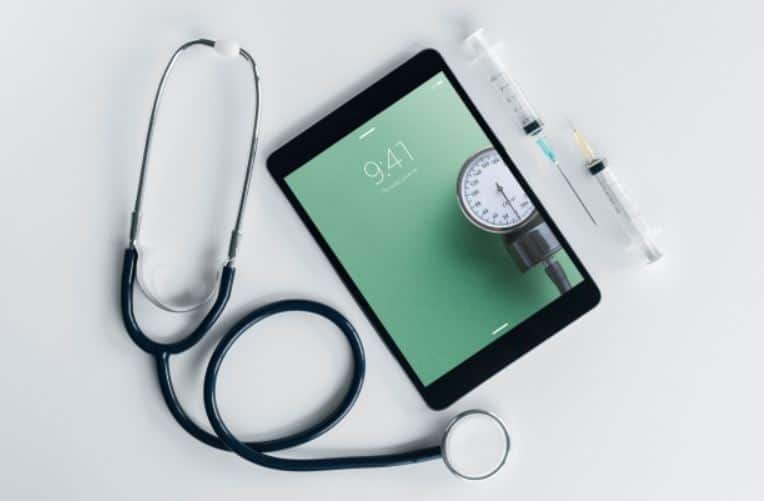One of the key aspects of medical device manufacturing is coatings because they have a far-reaching impact on the performance and longevity of devices. Essentially, these are lubricants that enable a smooth movement of parts in disposable devices such as catheters, staplers, hypo tubes, cutting tools, and surface to surface assemblies. These coatings have the potential for reducing the friction between the parts as they slide, rock, twist, or pivot. The role of lubricating coating is vital for complex medical devices because they make them commercially viable. Here, it is valuable to understand that the choice of the right coatings is crucial, particularly when it comes to medical device assembly. Here are the factors to bear in mind while choosing one.
Low viscosity and good solubility
The application of lubricating coatings is done with techniques like spraying, dipping, and wiping. The process also involves the use of a carrier fluid, a fluid that disperses the coating on the device surface. This coating should be highly soluble in the fluid so that a very thin and uniform layer remains on the surface after the carrier fluid evaporates. Apart from high solubility, low viscosity is ideal to conform to the surface geometry of the treated parts. Both factors ensure consistency in the surface coating for the devices.
Non-flammable
Another factor to consider while choosing a material for coating medical devices is ion-flammability. This cuts down the risk of fire during the manufacturing process, which is particularly a concern from the safety perspective for high-speed and high-volume production facilities. Non-flammability is a key factor for this industry because the probability of static discharge is high in several mechanical assembly operations.
Hostile to bioburden
When it comes to medical devices, bioburden is one factor that requires special attention because safety matters a lot. Device manufacturers, therefore, should look for medical coatings that are capable of preventing bacterial growth and other forms of biological contamination. Apart from being pyrogenically-inert, compatibility with all commercially used processes such as EtO (Ethylene Oxide) and radiation sterilization is also a significant factor.
Easy application
An easy-to-apply lubricating coating is ideal for medical devices. One that a manufacturer can handle as a part of the in-house assembly process is certainly the right choice in comparison to outsourcing the coating process. This lets the manufacturers save money and time and they always have custody of the device parts through the entire manufacturing process.
Medical grade
A very obvious consideration that device manufacturers should bear in mind while choosing a coating for the devices is that it should be thoroughly tested, validated, and certified for being a medical-grade material. Further, cleanroom compatibility is essential as well. This speeds up the validation process for the coating as well as the associated device.
Apart from these basics, medical device coatings should be compatible with materials such as plastic, metals, ceramic, and glass so that they can be safe for all kinds of devices. Additionally, fast drying, low odor, and durability are some other important factors to consider.




